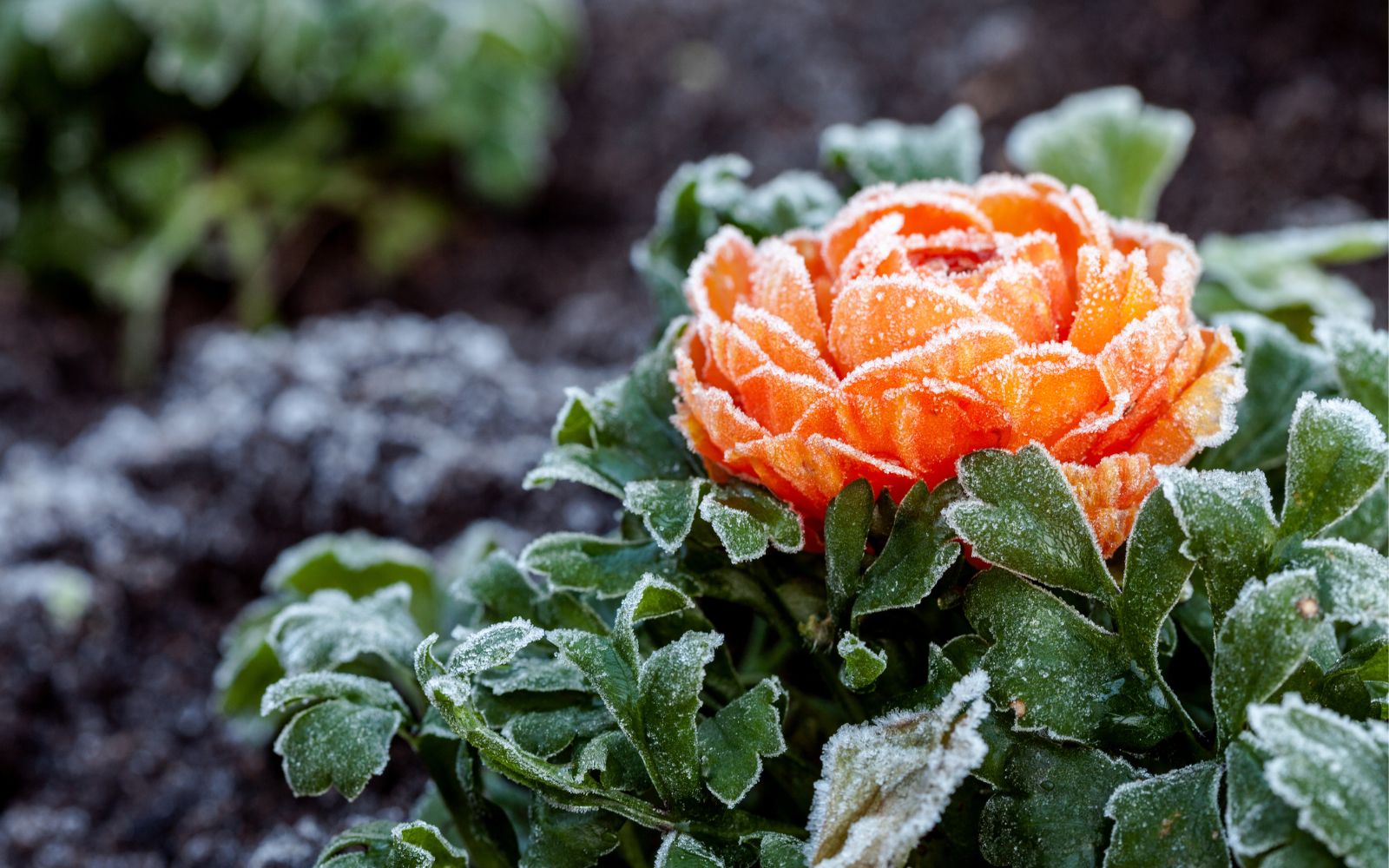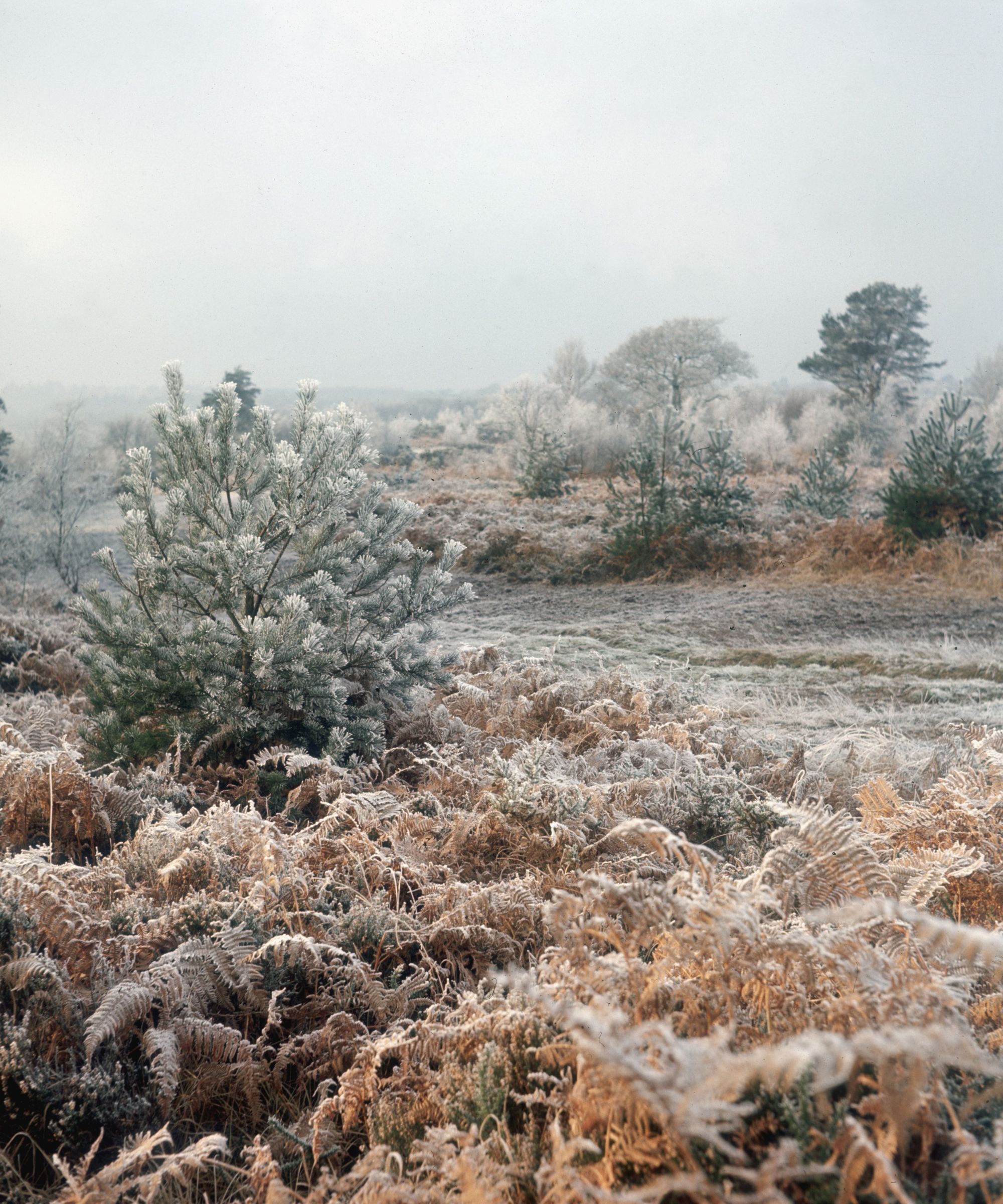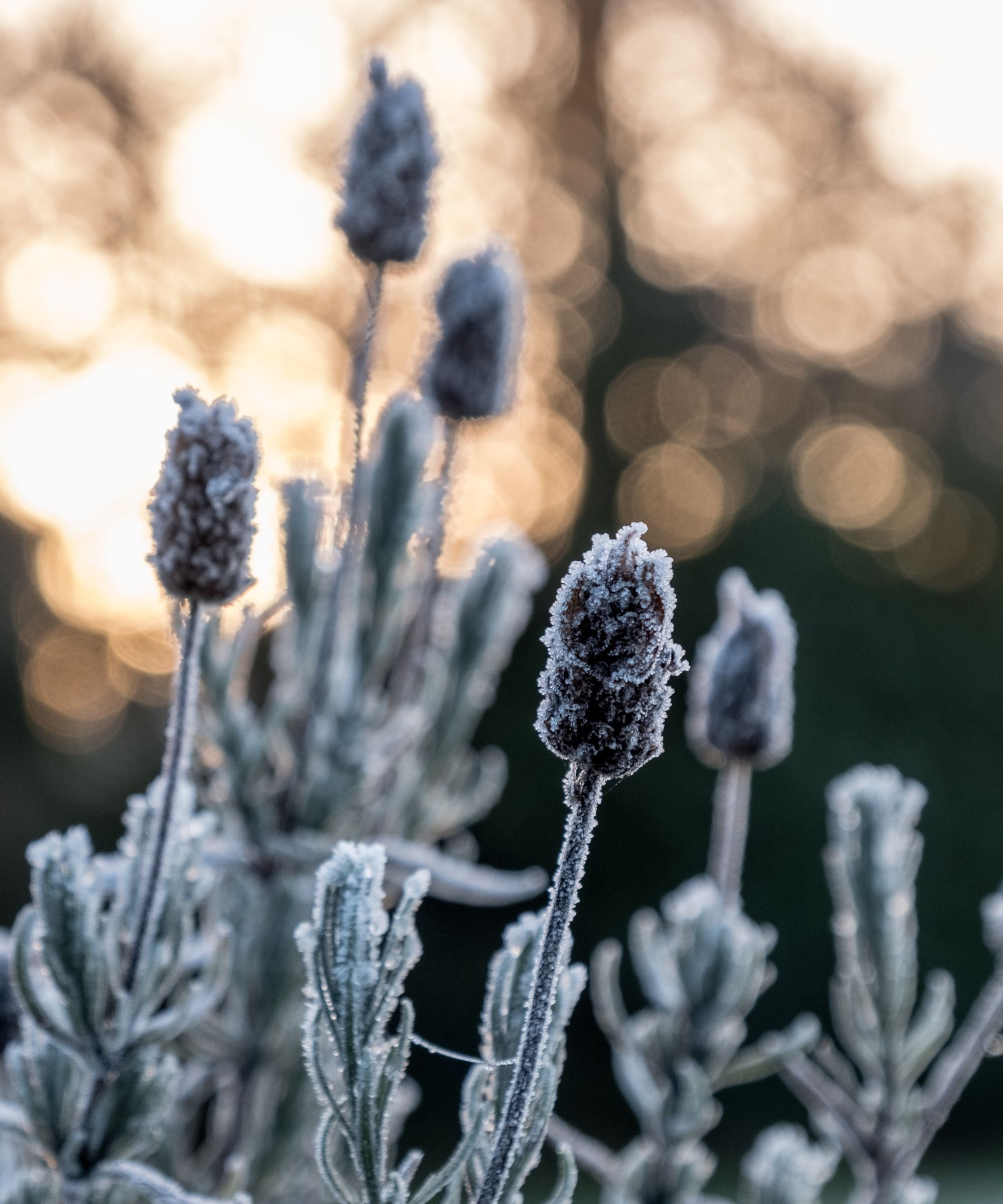Using bed sheets to protect plants from frost – the unusual method experts love
The secret to a frost-free garden could be hiding in the bedroom – here's what you need to know before the coldest months of the year


Bed sheets are known for bringing warmth and comfort as we sleep, but just as we crave coziness in the winter months, our plants are equally keen to shelter away from the cold.
If you've already read up on how to protect plants from frost, you may know that adding a layer of mulch to your garden beds and watering in the morning will encourage them to stay healthy. However, the most effective solution may be in how you use your best bed sheets – or maybe, perhaps in this case – your older bed sheets that have served their time in your home.
While this method may seem unconventional, it is approved by garden experts who reassure that (despite inevitable reservations) it actually looks good in a garden. So, if you're looking to protect your plants and add interest to your exterior, this could be the solution.
Here, those in the know explain how to use a bed sheet in the garden and explore its benefits – just in time for the coldest months on the calendar.

Why use bed sheets to protect plants from frost?
'Using bed sheets in the garden to prevent plants from frost is a great way to protect your plants from the cold temperatures and keep them healthy,' explains Zeeshan Haider, the CEO of Greenery Enthusiast.
The expert adds that these sheets will not only protect your plants, but they will add 'a decorative touch to your space' – which is worth remembering when planning how to add interest to your winter garden ideas.
Kate Russell, the author of Stop Wasting Your Yard! emphasizes their benefits, adding that they are an 'excellent tool for creating a buffer between freezing temperatures and frost-sensitive plants.' However, she notes that it only works if the sheets are raised above the plants. 'As soon as the sheets touch the plants, everything will freeze,' she says.
Design expertise in your inbox – from inspiring decorating ideas and beautiful celebrity homes to practical gardening advice and shopping round-ups.

How to use bed sheets to protect plants from frost
The process of setting up the protective sheet is almost as easy as it sounds. However, Zeeshan warns that there are some quirks to remember in the process.
'First, make sure the bed sheet is large enough to cover the entire area of the garden that you want to protect,' he says. 'You should also make sure that the sheet has enough weight to stay in place and isn’t too thin or light.'
'The trick is to lay the sheets over some sort of a structure that keeps them from touching the plants,' Kate says. 'You can use tomato cages, pole bean teepees, old bed frames, or whatever you have handy.'
Finally, you just need to ensure you check the weather forecast and prepare to take the sheet off if temperatures are expected to rise. This is important as it will ensure that your plants don’t overheat and die from the extra heat.

This garden idea is almost too simple to be effective, but (when done correctly), it will protect your plants until the warmer days of spring. It's time to move your sheets from the bedroom to the great outdoors.

Megan is the Head of Celebrity Style News at Homes & Gardens, where she leads the celebrity/ news team. She has a history in interior design, travel, and news journalism, having lived and worked in New York, Paris, and, currently, London. Megan has bylines in Livingetc, The Telegraph, and IRK Magazine, and has interviewed the likes of Drew Barrymore, Ayesha Curry, Michelle Keegan, and Tan France, among others. She lives in a London apartment with her antique typewriter and an eclectic espresso cup collection, and dreams of a Kelly Wearstler-designed home.